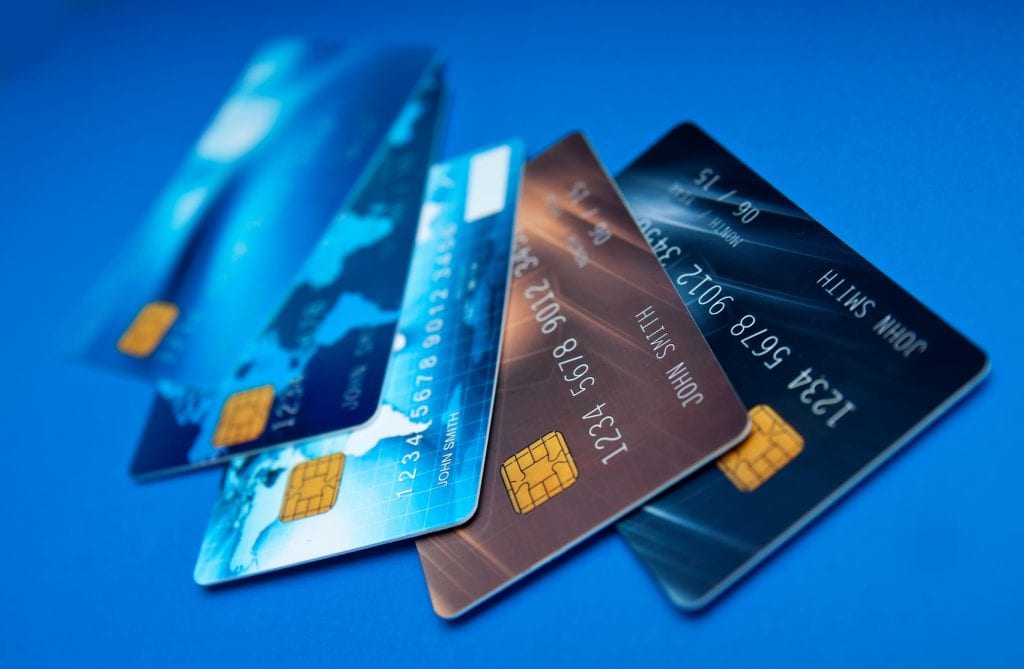Analyst firm WorldWideWorx recently released a study that analyzed e-commerce in Africa and compared it to global trends. It found that Africa’s adoption of mobile payments has been quite different from other regions. Analyst and writer Arthur Goldstuck points out that Africa’s first mobile payment service launched 11 years ago in Zambia. M-PESA debuted in Kenya in 2007 as a micro-financing service but didn’t take off immediately. Kenya’s post-election violence in early 2008, which displaced thousands of people, was the true catalyst for broad adoption, when mobile phones became the most viable means to exchange money. Today millions of Africans have turned to their mobile phones to take advantage of increasingly sophisticated mobile payment and banking services.
The key insight from Africa’s experience is that countries and regions will evolve toward mobile payments systems that suit the particular needs of that region. Instead of a few systems dominating worldwide – the model that card companies exemplify — many diverse systems will spring up regionally.
The challenge for e-commerce merchants is how to succeed in a broad, global market where each region has its own flavors of payments, not to mention currency, language and cultural differences. A truly global merchant needs to handle more than 250 different payment types around the world. It’s no wonder that only the largest brands succeed on a global basis. Global merchants like Amazon or Apple can invest on a region by region basis, but smaller merchants are left out of the global market, based on the sheer complexity of the challenge.
However with more and more consumers preferring to shop online and on mobile devices, there is a huge opportunity for small businesses to offer goods and services worldwide. In fact, ecommerce sales are poised to increase by 17 percent to $1.2 trillion worldwide this year.
Lacking the resources of global online merchants like Amazon and Apple, smaller businesses must find ways to level the playing field with online shoppers. To be successful globally, merchants must be able to accept many types of payments worldwide, ranging from money transfer systems to regional payment providers. That said, this challenge is simple to overcome and should not prevent small businesses from attracting global customers. Many third party vendors offer these services at a nominal fee and can get small businesses up and running within a day or two to sell to a global audience. It’s innovative technology such as this that helps smaller merchants compete with the big guys – resulting in increased revenue and delighted customers.
Ralph Dangelmaier is CEO of BlueSnap. A payment processing veteran, Ralph has more than 25 years of experience in the payments industry. Most recently, Ralph served as the President of Global Markets and Services for ACI Worldwide, and prior to ACI, he was the CEO of P&H Solutions, leading the business from its early stages to more than $40 million of revenue before its acquisition by ACI in 2006. He started his career at BankBoston.
